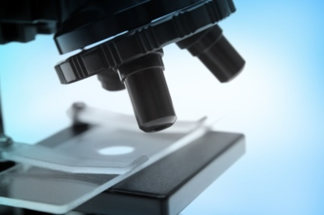Urinary Mycotoxins: A Review of Contaminated Buildings and Food in Search of a Biomarker Separating Sick Patients from Controls

Urinary Mycotoxins: A Review of Contaminated Buildings and Food in Search of a Biomarker Separating Sick Patients from Controls
ABSTRCT:
Beginning in 2010, there have been an increasing number of patients with a chronic multisystem illness who have been using measurements of mycotoxins in urine to diagnose a putative illness for which antifungals in various forms (oral, IV, sublingual and intranasal) are being used as therapy. Many of these patients and providers believe that the illness is caused by fungi living in the human body, making toxins, or has been acquired by exposure to the interior of waterdamaged buildings (WDB). This practice persists despite the absence of (i) an accepted case definition; (ii) any validated control groups; (iii) any rigorous case/control studies; (iv) any prospective, placebocontrolled studies; (v) any confirmation of active fungal infection; (vi) any confirmation that urinary mycotoxins are not simply derived from diet; and presence (vii) of a sharp repudiation from the CDC of this practice and the use of antifungals in 2015; and presence (viii) of a robust literature demonstrating causation of illness acquired from WDB is inflammatory in causation, not infectious.
Please Click Here to read the Paper
Featured Resources
*NEW FEATURED ARTICLE * Actinobacteria Update: The revolutionary findings on biotoxin illness further explained.
Based on newer, published and confirmed information and testing, we’ve been able to expand the concept of specific causation of "mold illness" or CIRS to include indoor-dwelling Actinobacteria
A Physician’s Guide to Use of Actinobacteria Indices
In the newest report from EnviroBiomics, Actinomycetales, also called Actinobacteria, are now reported with an additional factor called an Actino Index. We look at a Dominance Index (DI) and a Prevalence Index (PI) to assist physicians in making clinical de...
New Research Article!
Treatable metabolic and inflammatory abnormalities in Post COVID Syndrome (PCS) define the transcriptomic basis for persistent symptoms: Lessons from CIRS
Newer Molecular Methods Bring New Insights into Human- And BuildingHealth Risk Assessments from Water-Damaged Buildings: Defining Exposure and Reactivity, the Two Sides of Causation of CIRS-WDB Illness
Scientific disciplines dependent on accurate analytics invariably evolve due to advances in technical aspects of measurement. In disciplines in which adequate measurement is not available for applications to public health policy, the impact of new paradigms...
Metabolism, molecular hypometabolism and inflammation: Complications of proliferative physiology include metabolic acidosis, pulmonary hypertension, T reg cell deficiency, insulin resistance and neuronal injury
Dr. Shoemaker’s latest academic paper is published. This paper, though technical, reports the metabolic basis of conditions routinely found in CIRS.




